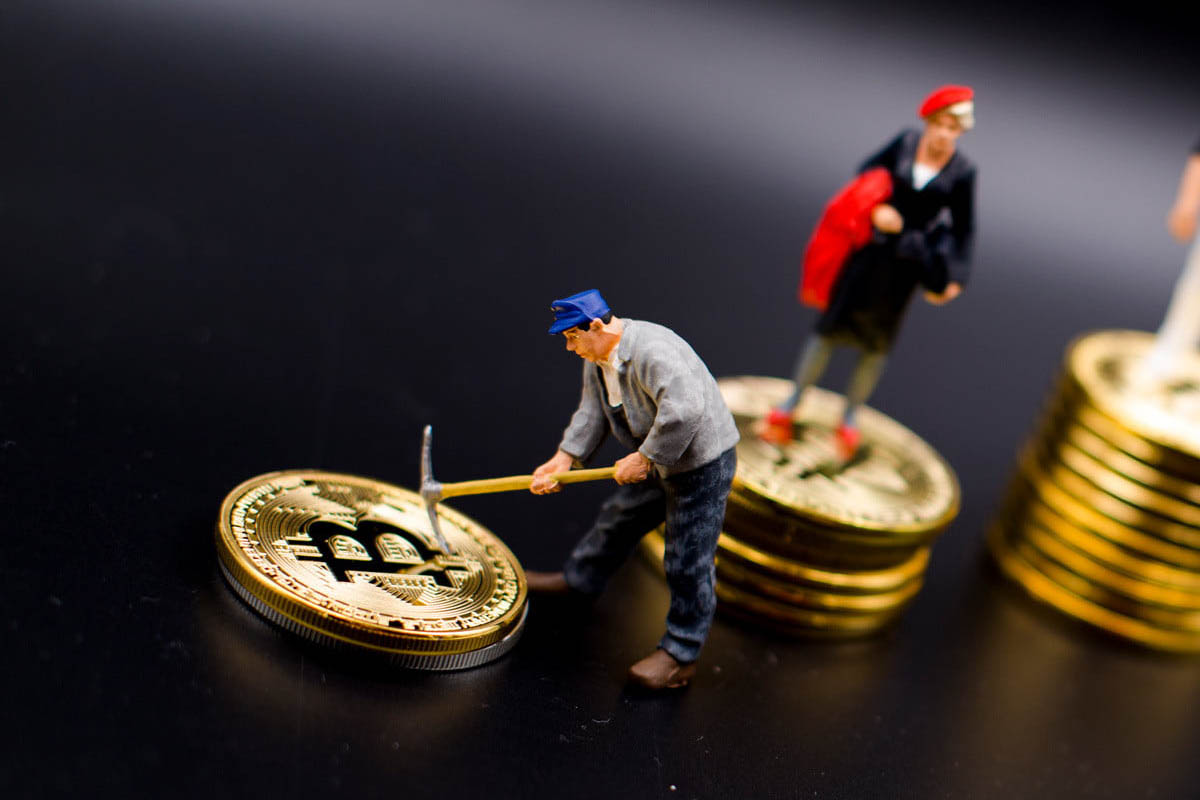Bitcoin Miner Reserves Drop to Lowest in 14 Years: Analysing the Implications

Key Takeaways
Increased Selling Pressure: Miners selling off their reserves could indicate a need to cover operational costs, suggesting financial strain within the mining community. This increased selling pressure can affect Bitcoin’s market price and create volatility.
Reduced Mining Incentives: Lower reserves reflect miners’ response to reduced block rewards and higher competition, making mining less profitable. This could lead to consolidating mining operations, with smaller or less efficient miners exiting the market.
Potential Market Impact: The reserve drop could signal miners’ anticipation of future price declines, prompting them to liquidate assets while prices remain favourable. This behaviour might influence market sentiment and affect investor confidence.
Bitcoin (BTC) miner reserves have reached their lowest levels in 14 years, a significant event that could have far-reaching implications for the cryptocurrency market.
Data from IntoTheBlock revealed that BTC held by miners dropped to its lowest. This decline in reserves indicates changing dynamics in the crypto ecosystem, reflecting miners’ strategies and market conditions. On June 19 2024, miner reserves decreased to 1.90 million BTC, down from 1.95 million BTC at the beginning of the year. Head of research at IntoTheBlock, Lucas Outumuro, said,
“Miners are expected to hold less Bitcoin over time as the halving pressures their margins, making them more likely to sell their reserves.”
In the BTC proof-of-work consensus mechanism, miners earn new BTC to validate transactions and ensure network security. Miner reserves are the BTC that miners have not sold. Approximately every four years, the network’s mining reward is halved. A report suggested that the last quadrennial halving in April 2024 reduced mining rewards from 6.25 BTC to 3.125 BTC. Otumuro added,
“Historically, this has been at a relatively slow rate, so it hasn’t been a major selling pressure.”
The Decline of Miner Reserves
BTC miners play a crucial role in the crypto ecosystem by validating transactions and securing the network. As a reward for their efforts, they receive newly minted BTCs. Historically, miners have held a significant portion of these rewards, known as miner reserves. However, recent data shows a dramatic decline in these reserves, reaching levels not seen since 2010. Several factors contribute to this decline:
- The increasing operational costs associated with mining, such as rising energy prices and the need for more advanced hardware, have compelled miners to sell more of their holdings to cover expenses.
- The volatility of BTC prices has influenced miners’ strategies. During periods of high prices, miners may sell their reserves to capitalise on gains, while in bearish markets, they might liquidate holdings to mitigate losses.
- The maturation of the BTC market has led to a shift in how miners manage their reserves.
Unlike the early days of BTC, when miners were primarily hobbyists or small-scale operations, today’s miners are often large, professional enterprises with sophisticated financial strategies. These entities are more likely to sell their holdings regularly rather than hoarding them, optimising their cash flow and financial stability. Sascha Grumbach, CEO of tokenised mining firm Green Mining DAO, said,
“Gone are the days of over-leveraging and holding onto too much Bitcoin, a strategy that backfired in the past.”
Implications for the Bitcoin Market
The reduction in miner reserves has significant implications for the BTC market. One of the most immediate impacts is on BTC liquidity. With fewer coins miners hold, a key source of selling pressure is diminished, which could lead to less volatility in BTC prices. This can also mean that during times of high demand, the supply of available BTC could be tighter, potentially driving prices up. Additionally, the decline in reserves could signal miner confidence in BTC’s long-term value. By selling off their reserves, miners may indicate that they believe the BTC price will remain stable or increase, allowing them to profit from their current holdings. This behaviour is a vote of confidence in BTC’s future, potentially attracting more investors to the market.
The decrease in miner reserves might affect the dynamics of BTC mining itself. With miners selling more of their holdings, there could be increased pressure on the profitability of mining operations. This could lead to further consolidation in the industry, with smaller miners being pushed out of the market, leaving only the most efficient and well-capitalised operations standing. Grumbach suggested that as BTC rewards decreased and competition intensified, the amount of BTC generated per unit of hash power diminished over time, increasing production costs.
What Lies Ahead for Bitcoin Miners and Investors
As BTC miners adjust to the new realities of the market, several trends and developments could shape the future landscape of crypto mining and investment. Firstly, we might see continued innovation in mining technology and energy efficiency. As operational costs remain a significant concern, miners will likely invest in more advanced hardware and seek cheaper, renewable energy sources to maintain profitability. This trend could lead to a more sustainable and environmentally friendly mining industry. Secondly, miners’ financial strategies are expected to evolve further. With more sophisticated players entering the market, we can anticipate more significant use of financial instruments, including hedging, futures contracts, and options to manage risk and optimise returns.
These strategies could help stabilise miners’ revenues and reduce the impact of BTC price volatility on their operations. For investors, the decline in miner reserves presents both opportunities and challenges. On the one hand, reduced selling pressure from miners could support higher BTC prices in the long run, making it an attractive investment.
A report by CoinShares suggested that by 2025, the BTC hash rate will surge after a post-halving dip. On the other hand, the increased professionalism and financial sophistication of miners mean that the market could become more competitive and complex, requiring investors to be more informed and strategic in their approach.
